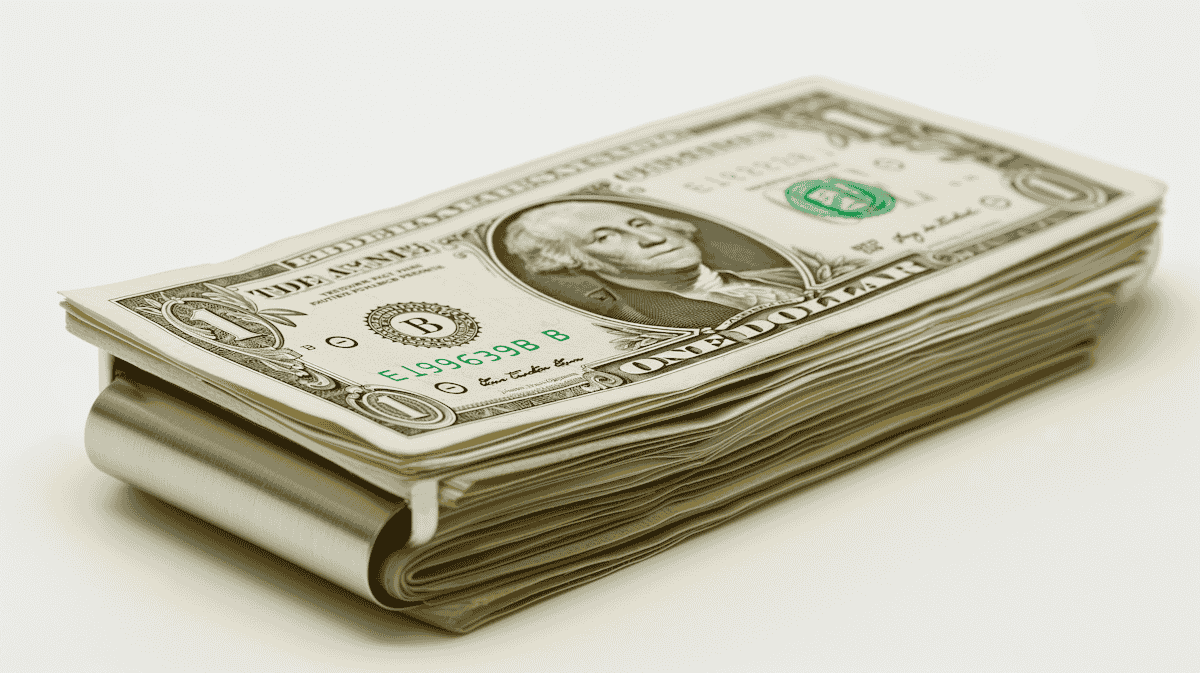First Quarter GDP Numbers for 2017: What Do They Mean for Investors?
Today’s we are examining Gross Domestic Product (GDP) numbers that were posted in the first quarter of 2017 and what they mean for both the economy’s future and investors. What’s GDP you ask? In a nutshell, the GDP for any country is the total dollar value of the goods and services manufactured or provided within a given period. GDP is essentially the “size” of any given economy and is typically expressed in the form of comparative growth over the previous business quarter or year. In other words, an annual GDP for any given country that is “up” 3% is considered to have grown by 3% during the past fiscal year. The current GDP of the United States is valued at around $19 trillion; this number is based on a March 2017 Bureau of Economic Analysis report.

Calculating and measuring GDP is an extremely complex process, but it is typically conducted via two methods. First is the income or GDP (I) method, which is calculated by adding up the totals of employee compensation, incorporated and unincorporated entities’ gross profits, and taxes paid after any subsidies. The second method is the expenditure model, wherein analysts calculate the investment, total consumption, net exports, and government spending to derive a total GDP. Both numbers should come out to approximately the same total regardless of the model used for calculation. Most investors examine both to find potential trends that may yield greater returns in the long run.
In the first quarter of this year, the US GDP increased by 0.7% overall. While seven-tenths of a point may not seem like much in isolation, that equates to 0.7% of 19 trillion, which equated to $1.33 trillion in growth for the first three months of 2017. What does this growth mean? Quite a bit actually. Here’s a rundown:
- Goods and services prices purchased by the population of the United States increased 2.6% for Q1 as part of the overall 0.7% growth. This means that consumers are more confident in their economic prospects and certainty of continued prosperity and stable income. This is especially good for the economy because it means consumers are putting more money back into businesses, which drives growth for individuals and businesses alike.
- Actual disposable income per person (DPI) in the US increased 1% during Q1 of 2017, as opposed to 2% in Q4 of 2016. The fact that this metric continues to demonstrate growth means that consumers have more money to spend or invest than they have in previous years, and that increase is still tracking growth this year.
- In a further sign of growing consumer confidence, the personal saving rate for the US increased by 5.7 percent in Q1 2017, which is an improvement over the Q4 2016 number of 5.5%. This metric indicates that people are earning enough that they can allocate additional funds for savings and investments.
All of this date points to a continuing upward trend of consumer optimism and spending. Increased consumer confidence drives GDP growth, which in turn demonstrates that the economy is also beginning to progress to better overall stability and health. It also means that investment risk across the board is significantly decreased in terms of likely ROI numbers in the coming quarters of the fiscal 2017 year. While there is never any 100% perfect time to invest, the overall forecast for the US economy is starting to develop a very positive outlook for the foreseeable future this year.
Obviously, you will need to assess what areas of the economy and markets are demonstrating the best upward trend and assess the potential of investing money carefully. A first quarter growth is anything but a guarantee of better times ahead. At present though, consumer goods and services are definitely on the uptick for 2017. However, don’t discount the lesser known investment opportunities and newer markets and industries that may just be on the verge of taking off regarding growth and potential for long term gain. Furthermore, this increase in GDP means that stable value assets remain even less affected by fluctuations in the market. Despite rising political tensions around the world, business and the economy continue to show confidence in a bright future, and that should be reflected in your investment choices and strategies for the upcoming year.
The future looks bright for the US economy as 2017 continues to unfold, promising both prosperity and growth for the shrewd investor who can pick those investment opportunities as they present themselves.
Commercial Collection Topics
- What The Recent Rise in Bankruptcies Means For You Just because bankruptcies are on the rise doesn’t mean you have to let your debts go unsettled. This article to...
- Debt Service Coverage Ratio In brief, Debt-Service Coverage Ratio (DSCR) is a rating method for a business’ cash flow that they can use to...
- The Impact of Credit Cards on the American Economy The debt collection industry is essential to the credit market. By making sure borrowers make good on their delinquent debt....
- Top 5 Reasons Why Debtors Don’t Pay Up The debt is not mine, or I don’t owe the debt. (23 percent) I haven’t been given enough information to...










